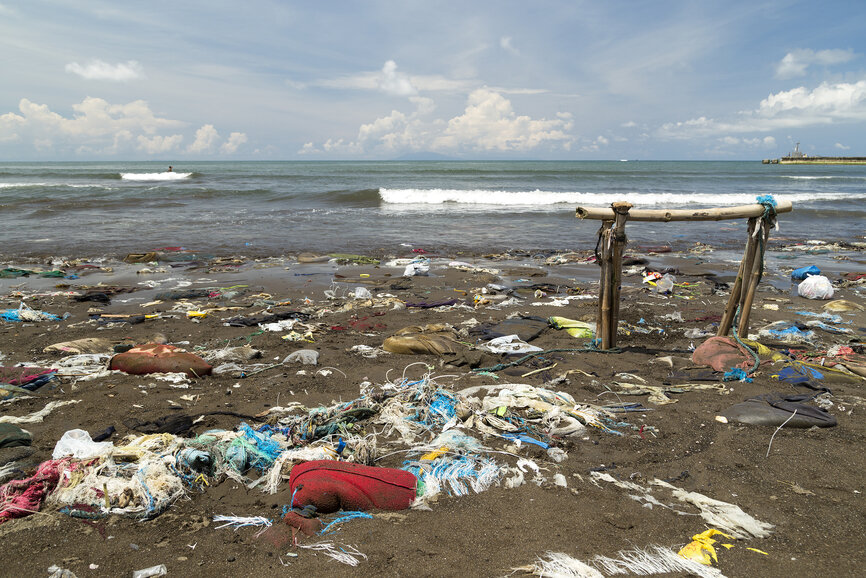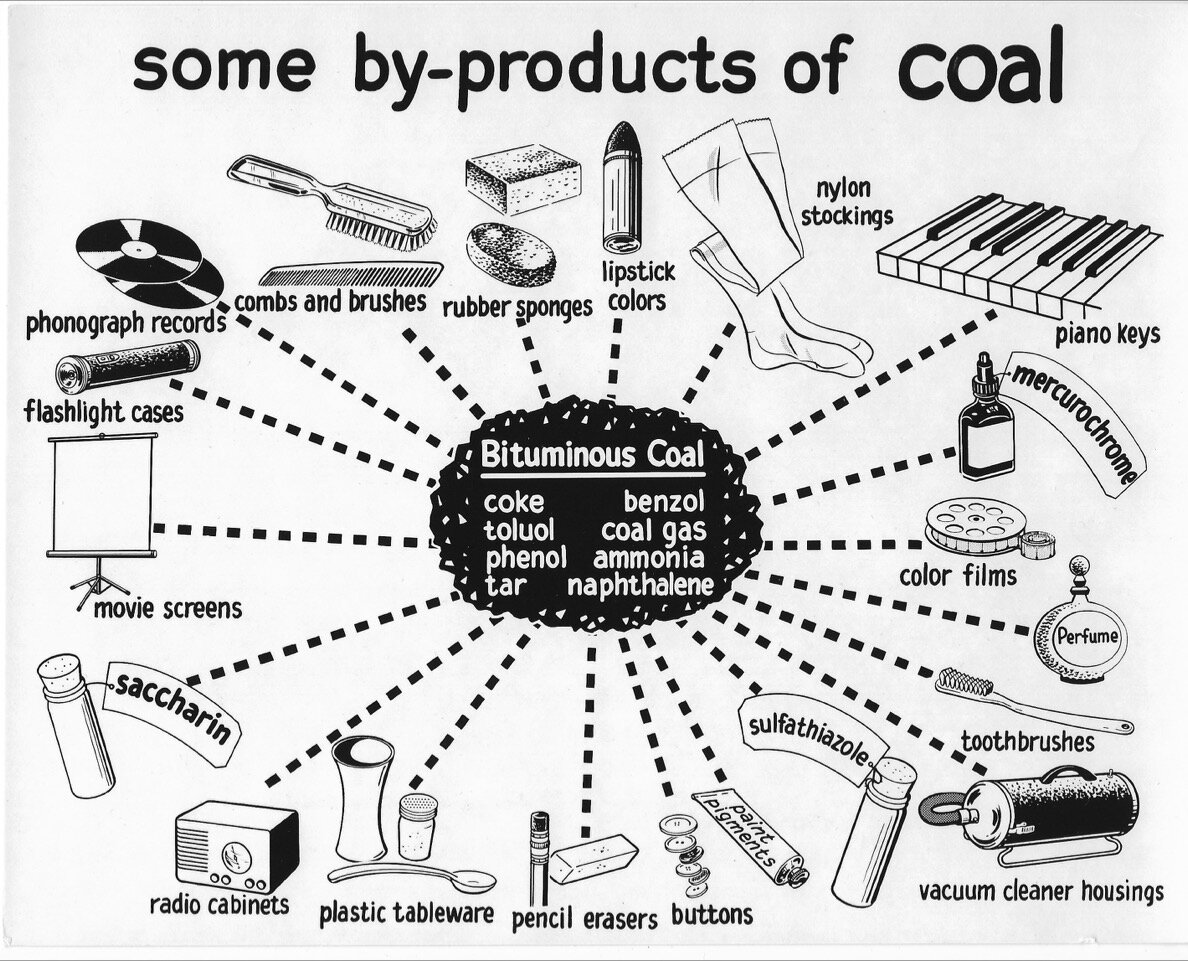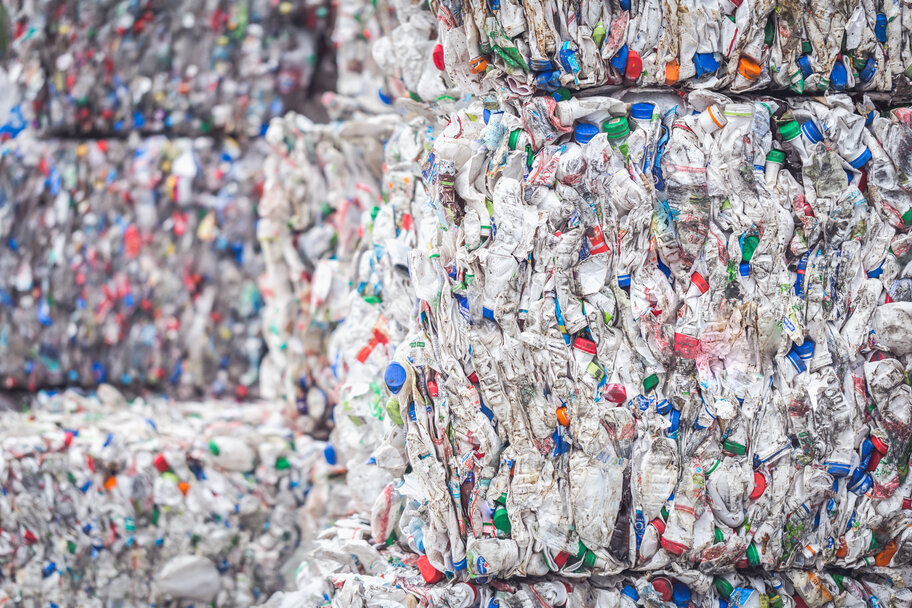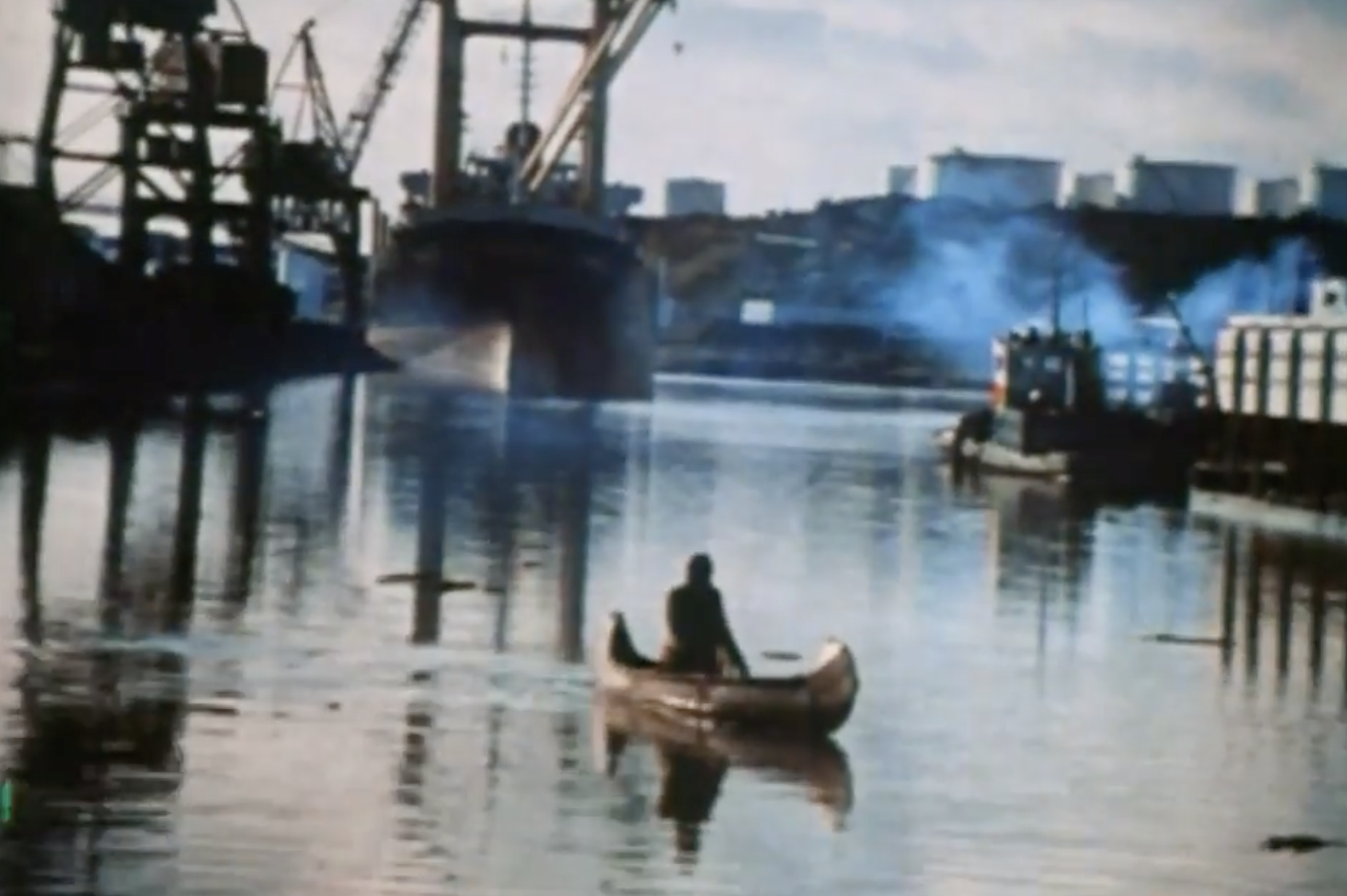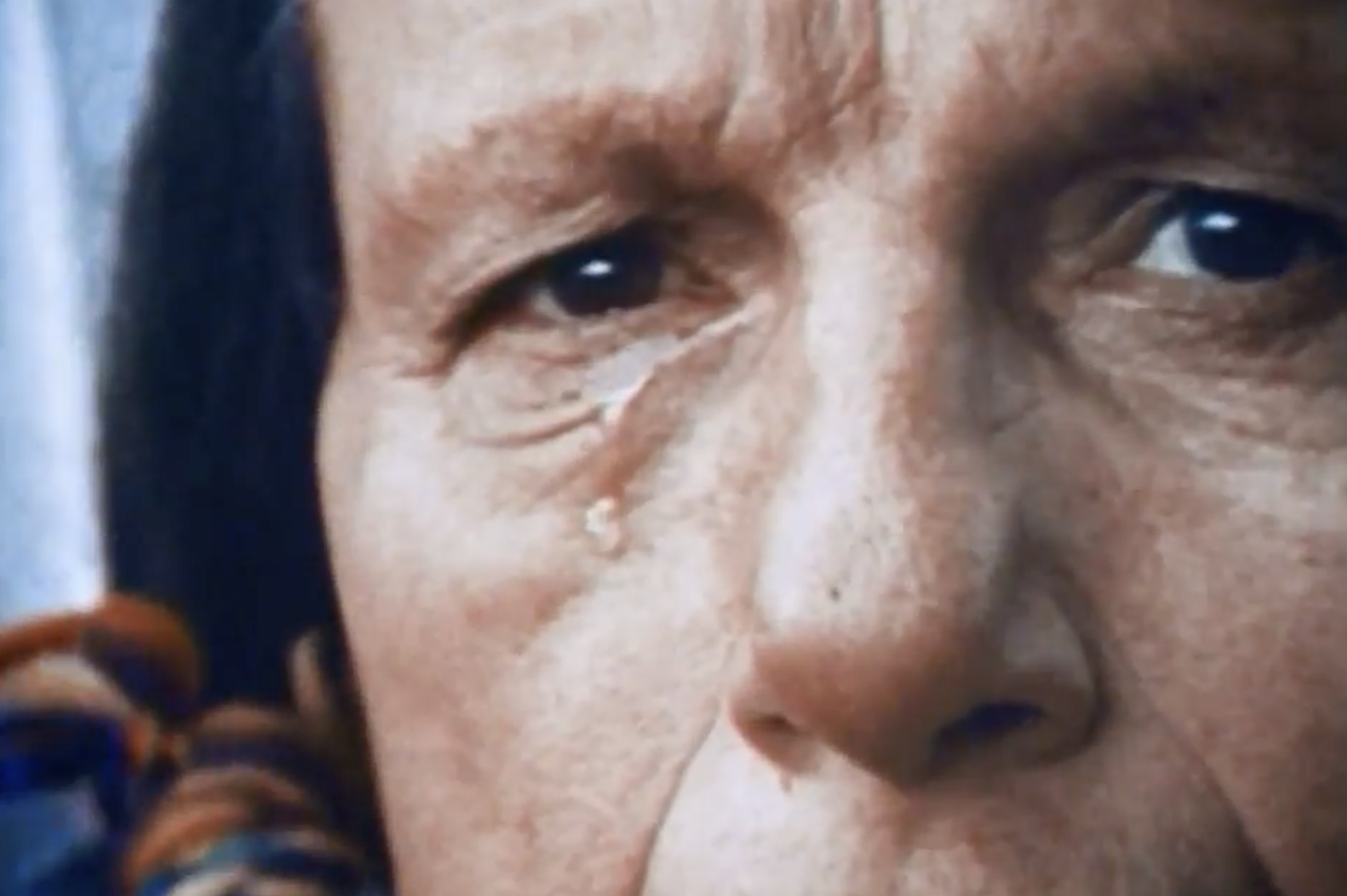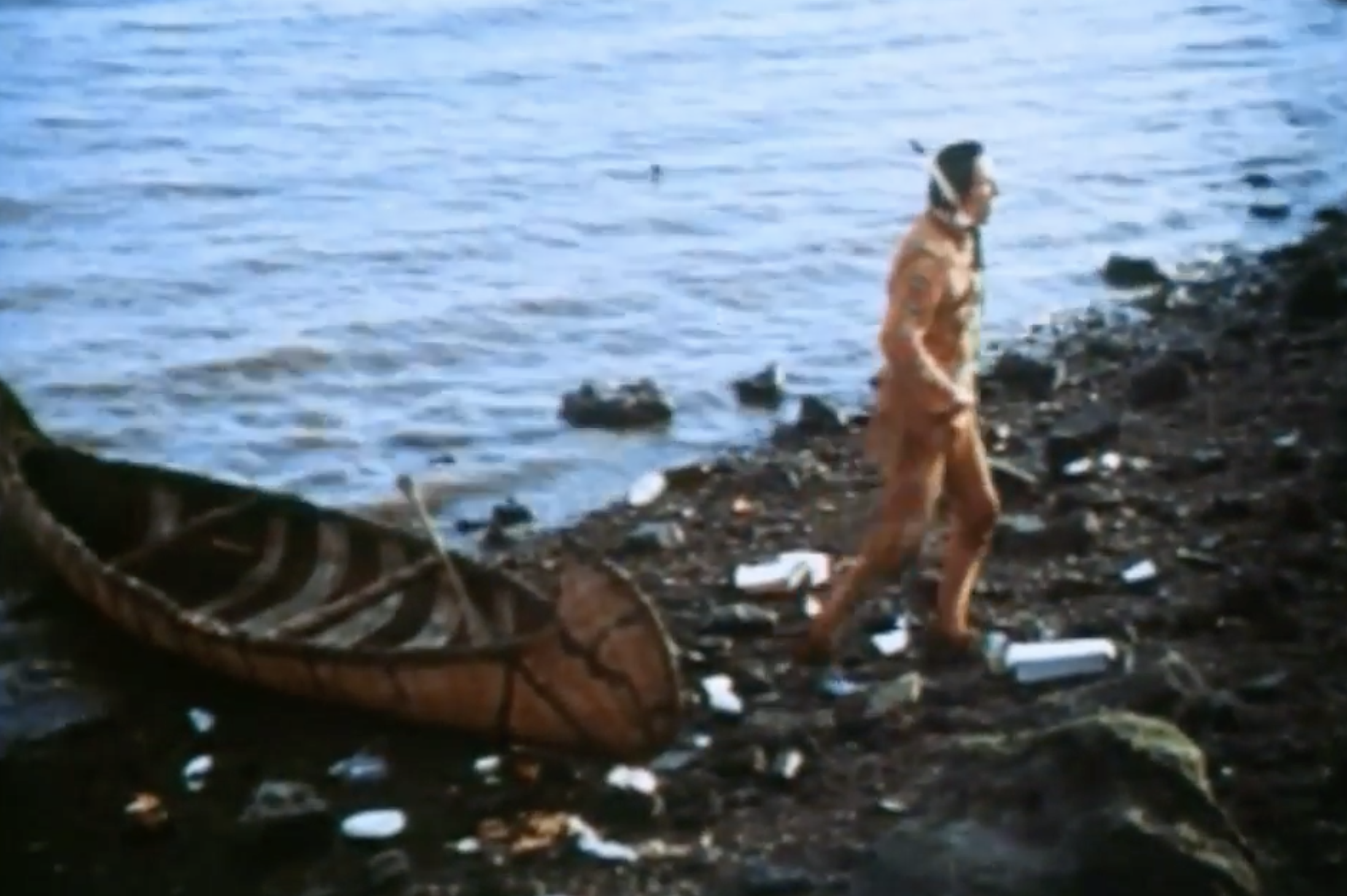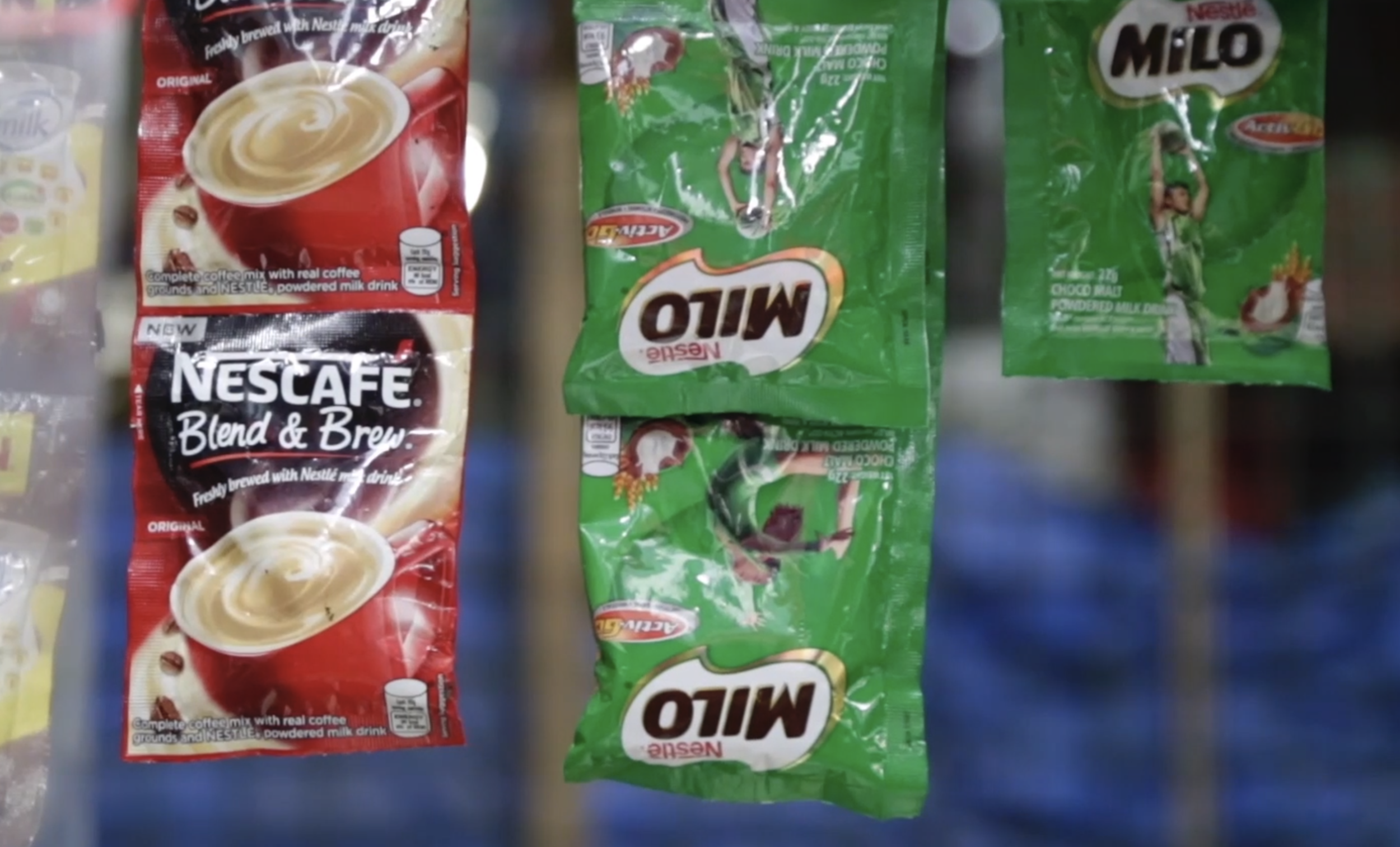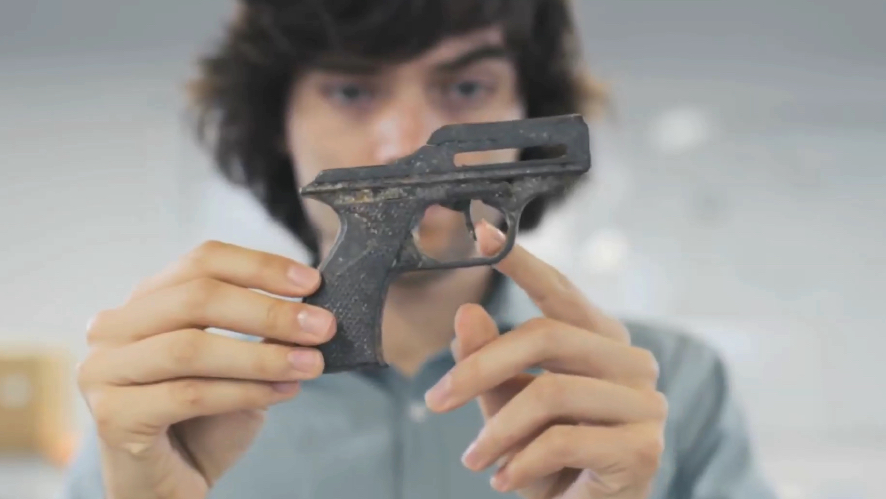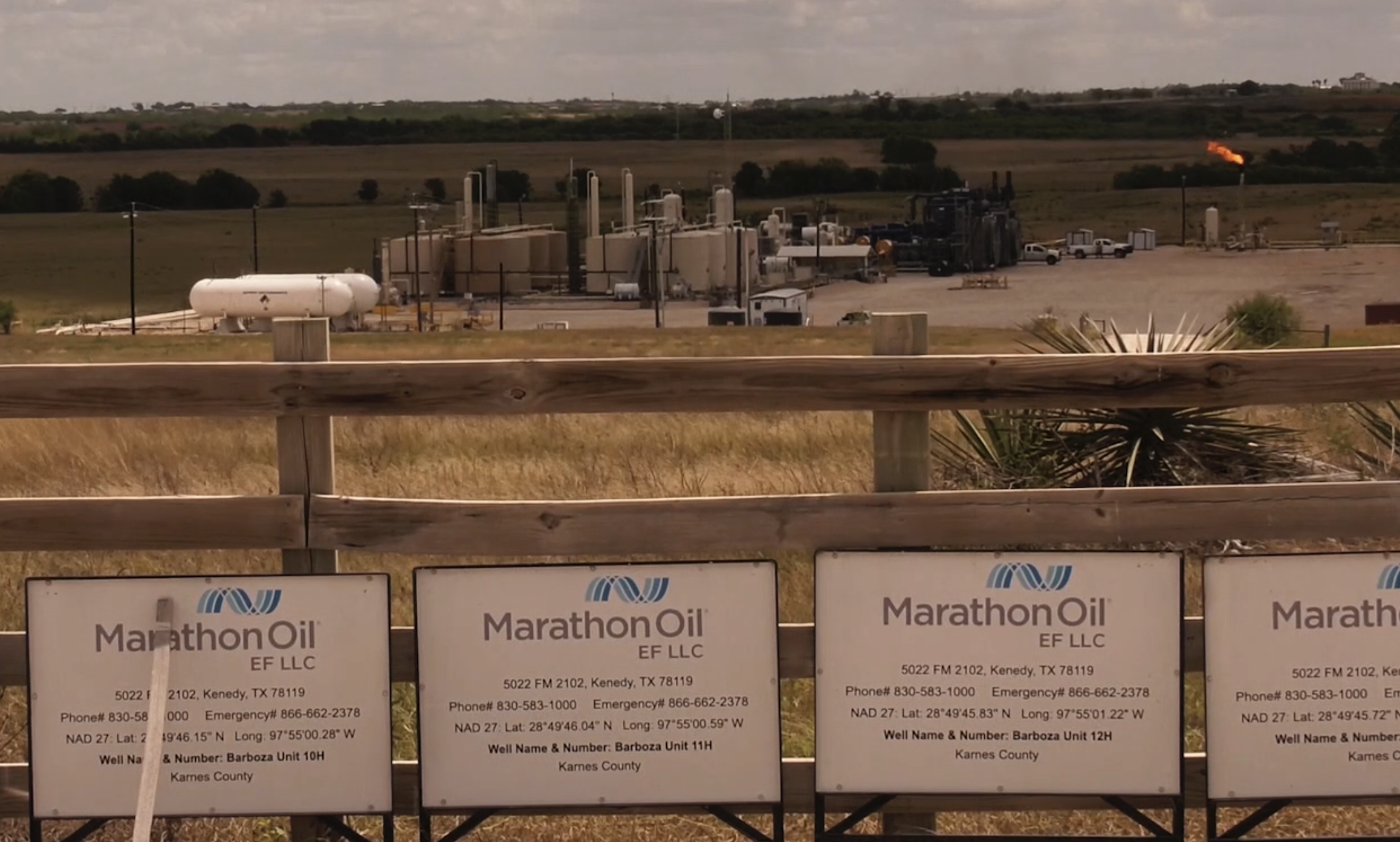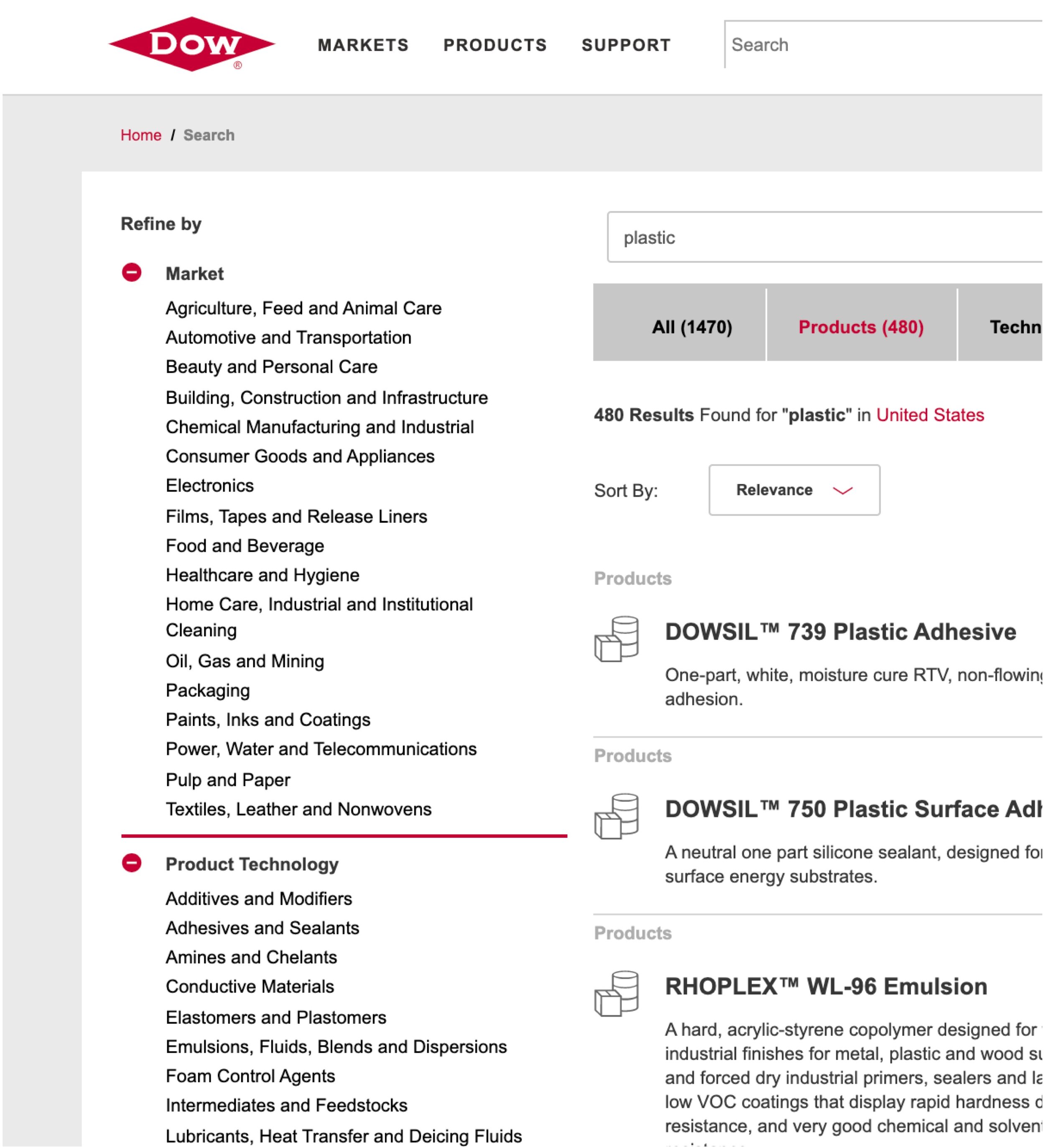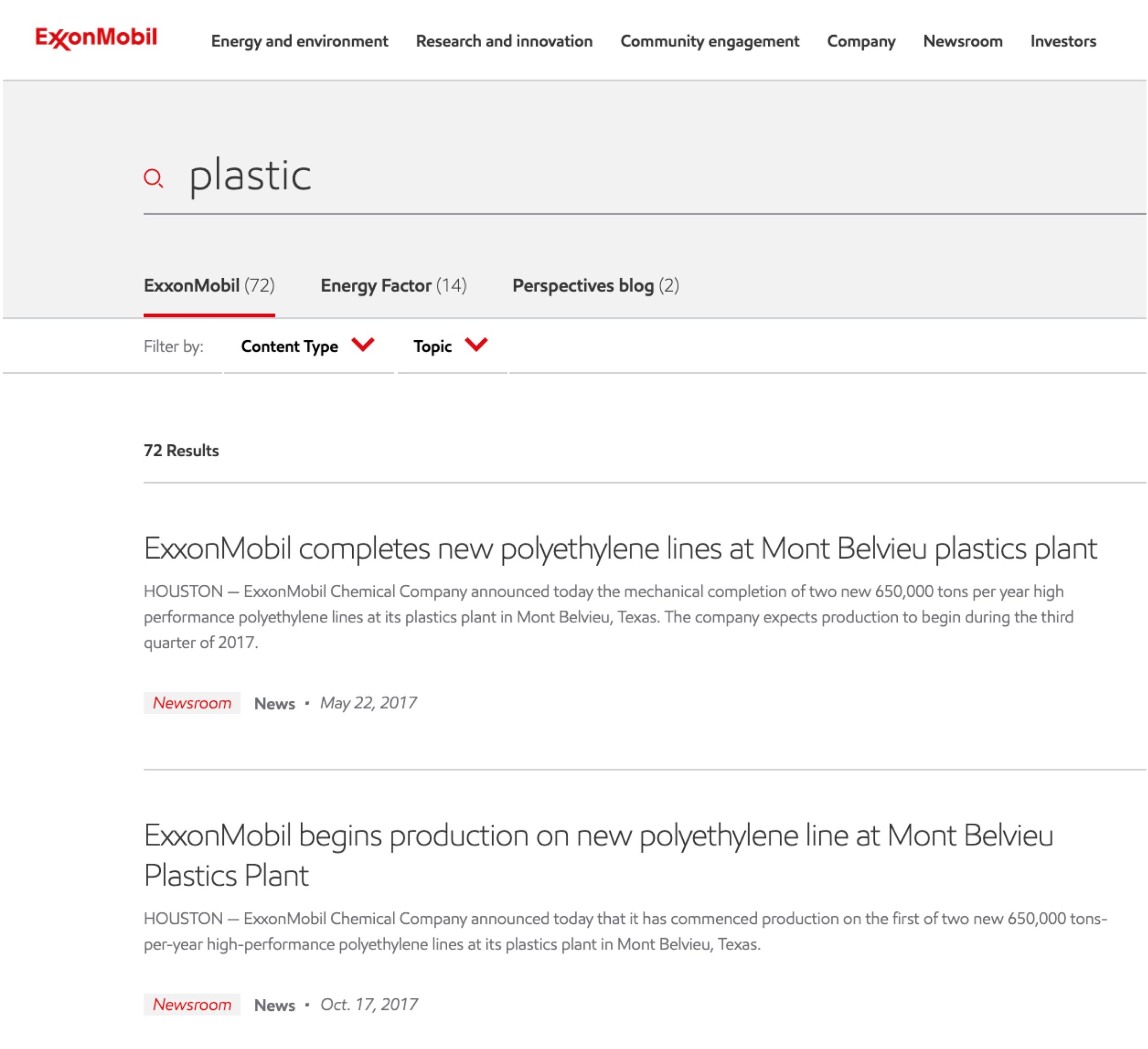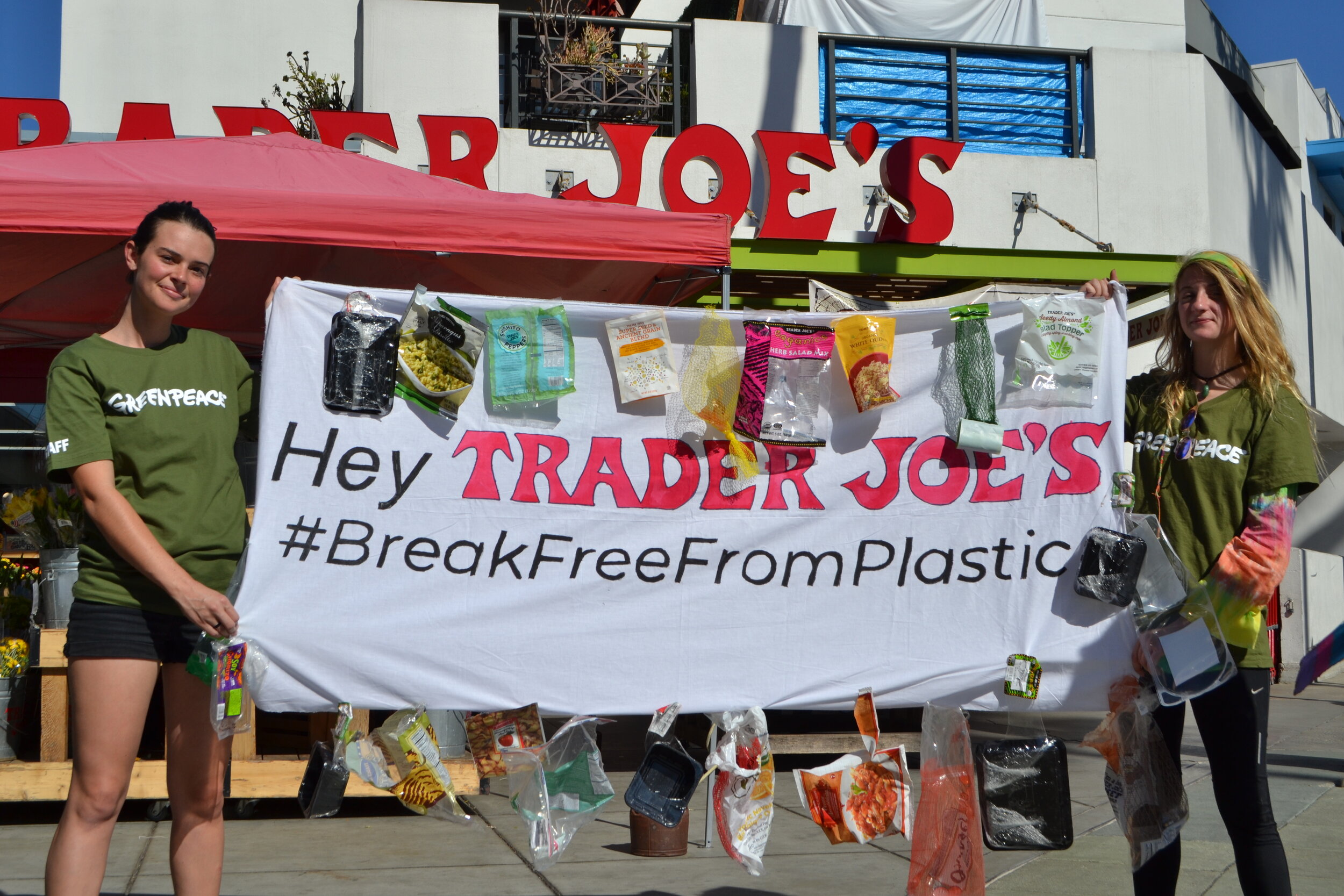Big Plastic and How to Beat It
We are not drowning in plastic waste out of necessity. The stuff that’s killing us is completely unnecessary.
I. You might be wondering
…why the tide of plastic waste is still rising, even though you, your city, the nation and most of the world recycle plastics.
Today, plastic made by the fossil fuel industry is turning up in what we eat and drink; we breathe the invisible rain of microplastics every day. Even the deepest oceans and the highest mountains–from pole to pole–are being covered in the stuff.
And yet, the plastic industry is gearing up to more than triple plastic production over the next 30 years, and most of that will be single-use plastic–exactly the kind that is already choking the planet.
How can this be, and what can be done? To answer these questions, this article uses videos from The Story of Stuff and other sources, quotes from reports by industries and National Geographic, as well as from activists groups like #BreakFreeFromPlastic, and draws on tremendous research by Sharon Lerner for The Intercept. One important point: of all the threats facing the environment, the plastic disaster is probably the easiest to fix. I will explain how at the end of the article.
But first, here’s a short video from The Story of Stuff’s upcoming documentary, the Story of Plastic, providing a great overview of the situation:
II. Since the dawn of the plastics industry
…for more than half a century, we have been told that it is the job of every American to stop littering in order to “Keep America Beautiful.” A famous 1960’s public service announcement bearing this message featured an American Indian, shedding a tear over the litter on our highways and byways.
While consumers must bear some blame for our throw-away culture, it’s what plastic manufacturers planned all along. And the problem has been ignored by the packagers–those who have chosen to use the plastic to wrap their products in.
After all, it’s not like single-use packaging– the kind that gets thrown away within minutes or seconds of use–is here by popular demand. No army of citizens would take to the streets to save plastic straws; no mayors are mounting parades to honor Styrofoam. Unlike gasoline and electricity, if these single-use plastics were to disappear, only minor adjustments would be needed to put packaging back to, say, 1989. While some plastic is a true boon to the human race, providing essential medical products and helping vehicles become safer and more lightweight, single use plastic is completely unnecessary.
In fact, a recent poll shows that two-thirds of Americans are willing to pay more for everyday items made out of environmentally sustainable materials. And 94 percent of Americans support recycling, even if the national average recycling rate is only 34.7 percent; and at least 127 countries worldwide have already put limits on single-use plastics. But something is wrong with this picture: the sheer tonnage of the stuff just keeps growing.
The reasons we need to stop runaway plastic use are now clear. Forget how ugly it is caught in trees and floating on the ocean. We now know the true danger of plastic: it contains deadly chemicals and as it degrades, a stew of microplastic poison circles the planet, and is now in fish, animals and our own bodies.
It wasn’t so long ago that fast food, snacks, deli items and sodas did not need to be wrapped in plastic. What changed? In a word: fracking. This mining technology allows vast amounts of natural gas to be extracted from the earth. At the same time, people around the world are switching to electric vehicles, lowering demand for gasoline. These developments have had the effect of drastically reducing the price of fossil fuels. The prices are so low, the fuel so abundant, that ‘big oil’ had to come up with new ways to increase demand or else suffer the consequences. Their solution? More cheap plastic.
Here is their plan: Between 2014 and 2050, plastic producers will increase production by 300%, according to the World Economic Forum’s The New Plastics Economy: Rethinking the future of plastics. In 2050, plastics will account for 20% of all fossil fuel production, up from only 6% in 2014.
And, by the way, the share of carbon pollution created by plastic will rise from just 1% to a whopping 15%.
III. We used to be comforted
…by the thought that we can just recycle the stuff, but that idea is mostly wishful thinking.
Forty percent of all plastic today is packaging, most of which gets used once and thrown away. Humans have never recycled more than 10% of plastic, and only a small percentage can be recycled in the first place. The recycling fantasy has now hit a reality wall: Last year, China stopped taking the world’s supposedly recyclable plastics. Why? Because the flood of new plastic has lowered demand for the recycled variety. Before, China imported plastic from around the world and recycled it because they could get a good price; but now it’s just not worth the trouble. So China banned the import of plastic waste in 2018.
Since then, more and more waste has gone to other Southeast Asian countries. But recycling plastic packaging has never been easy, and the companies that make it have put zero effort into making the plastic recyclable – despite the cute symbol on the bottom of plastic containers and the keep-America-beautiful propaganda. Now, Malaysia and other developing countries, ill-equiped to process the tsunami of waste, are rejecting imported garbage. As the Malaysian Environment Minister told reporters, “If people want to see us as the rubbish dump of the world…dream on.”
This Story of Plastic video shot in Indonesia shows how bad it can get:
IV. Somebody is making a lot of money
…from all that plastics - as the Financial Times explains, it is the big Petrochemical companies.
And now, they plan to greatly expand plastic production, to compensate for the switch from gasoline to electric vehicles. The American Chemistry Council projects the chemical industry will spend $164 billion on 264 new plastics facilities and expansion projects by 2023. This even in the face of the multiple plastic crises we now face!
And yet, indignation about dead seabirds, deformed turtles and garbage-clogged beaches and the fear about our children’s health, are a real threats to this plan. That’s why the plastics manufacturers have found a brilliant way to assure their future at the expense of ours, as this detailed article in The Intercept, Waste Only, makes clear: blame consumers, spend a pittance helping us ‘clean up’ the mess, while covertly lobbying against even the most benign attempts to reign in the devastating plague of plastic they are creating.
Here’s another short video from The Story of Plastic, which explains the worst of the worst of single-use plastic. But even here, there is hope…
V. Luckily
…the deluge of single-use, totally unnecessary plastics can be stopped if the public pays attention, and that is starting to happen.
Since that Story of Stuff video was made, there have been a spate of announcements by the packagers–companies whose products are what is inside the plastic, including Coca Cola, Nestlés, and Trader Joe’s–promising to boost recycling or seek alternative packaging. The solution is to hold these companies to their promises to cut the use of plastics, because they are susceptible to public pressure.
And most important, these are the companies that buy the plastic made by the fossil fuel/chemical industrial complex. If they won’t buy it there is no point in making it. So pressuring these merchants to replace plastic packaging is the fastest way to stop the deadly expansion in its tracks.
Some are already looking to invest in alternatives. Twenty-five start-ups that are providing alternatives to plastic packaging are listed here, at AgFunder News. And remember, follow these rules from the 5gyres website, and you can’t go wrong.


